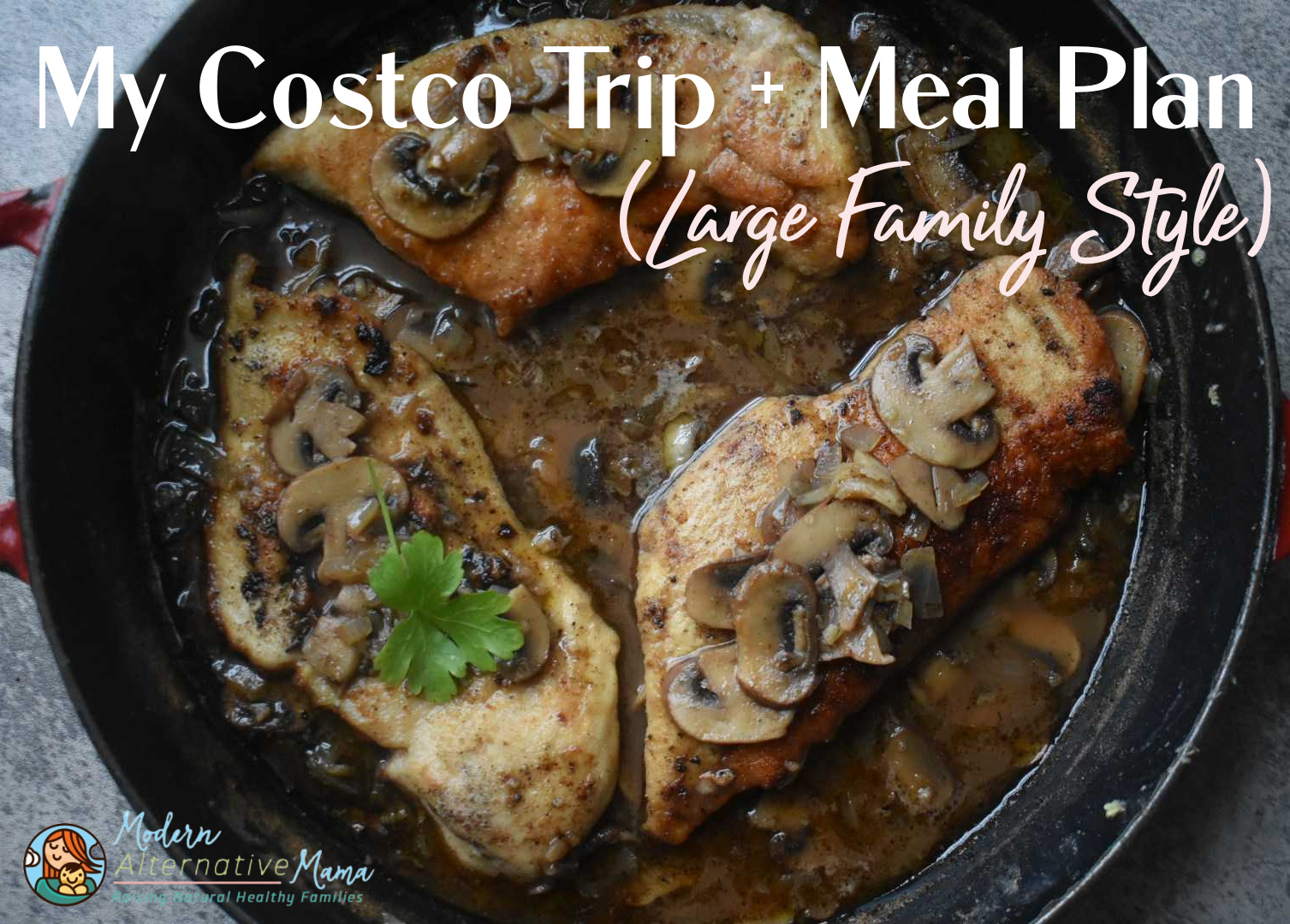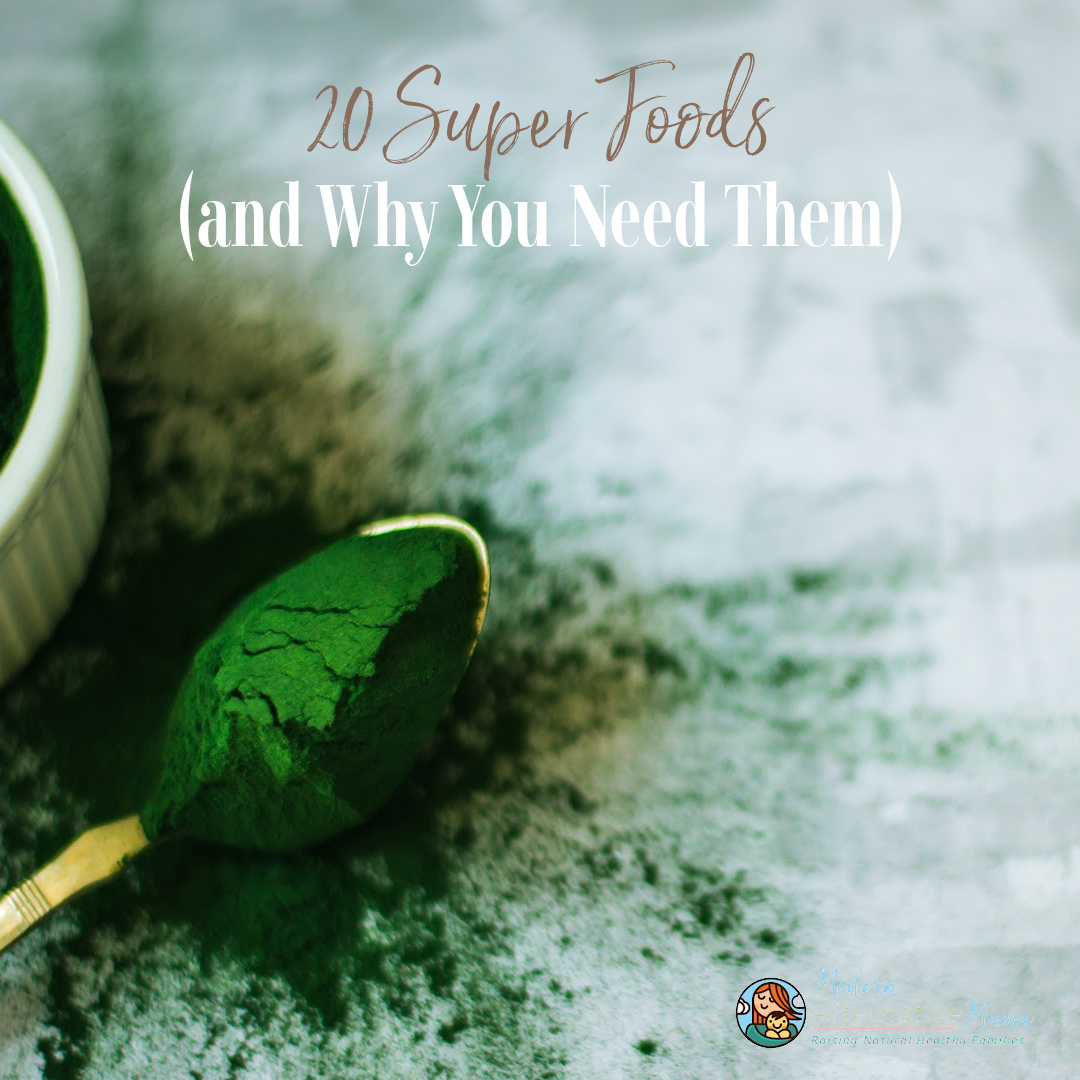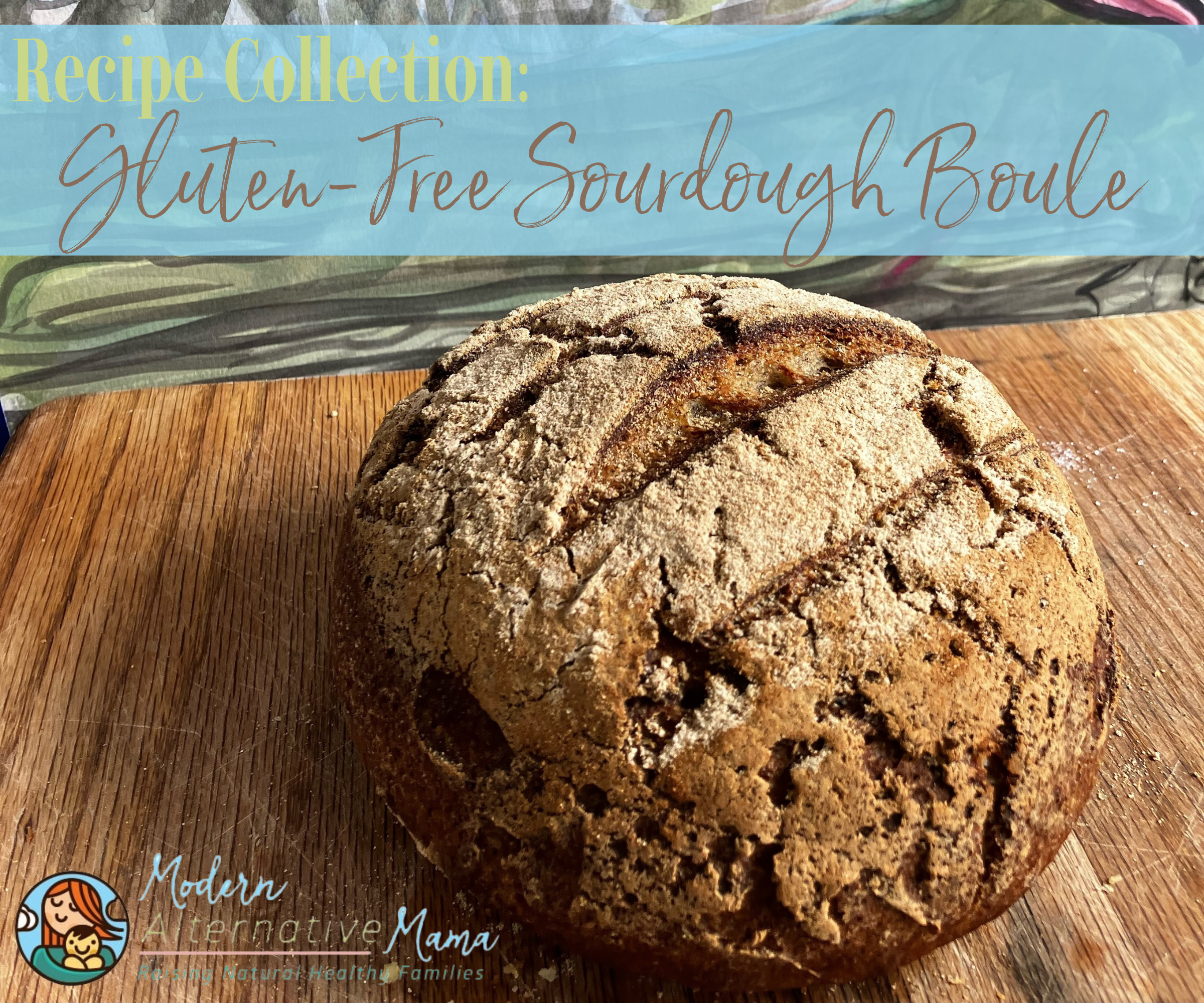Today’s post is super awesome. I’ve asked my farmer (yes, “my” farmer!), Gary Luginbill, to share a bit with us. His background is in confinement farming. That’s how he grew up: on a confinement farm. He went to school for agribusiness, and 30 years of his adult life were confinement farming. But then, about five years ago, he did some soul-searching and decided to switch to natural, organic methods and hasn’t looked back. I’ve invited him to share with you what really goes on in confinement farming, why he switched, and what he thinks about both methods. You can find him at Luginbill Family Farms, where he raises pastured sheep, hogs, chickens, cows, and turkeys. He also offers a cow share program and wonderful eggs! We only buy eggs and usually milk and meat from them now.
Here he is!
I am glad for the opportunity to share with you. This is my passion and I have two sons also having the same passion who would love for this to be their profession.
Question #1: Did you grow up farming? What type of farm was it?
Answer: I did grow up on this farm. When I was small, the farm was much like all farms in the area, being 80 acres and having small groups of various livestock. As all things change, so did our farm, in that we dropped some livestock and picked a few more acres and started raising specialty crops; some of these being tomatoes, potatoes, vegetables, sugar beets and melons. By the time I was in high school there was little livestock on most farms with certain farms having larger herds.
When graduating from high school, I studied agriculture in college and wanted to farm when I completed my college. During these years we had some sows and finished their pigs as a means of getting a better price for the grain raised on the farm. This was the time (mid-70’s ) when confinement of hogs began entering the picture, chicken confinement had been around for one or two decades and some sections of that business were making large amounts of money. Wanting to farm and not having access to much acreage my two older brothers and I slowly entered the hog confinement business. Confinement of livestock allows you to raise many more units with minimal profits per unit, and as with all business, the more units you produce the more you profit, when the costs are controlled. This is where the big changes began taking place. Feeds became an area where the most savings could be made and all sorts of feed substitutes and additives were being used. Historically our livestock became the dumping grounds of byproducts, anything with some nutrient value was considered a feed.
Question#2: What was that like? How were the animals treated? What did they eat? Where did you get the food? Where do many farmers get the food?
Answer: Being young and right out of college and excited in being in business for myself, I pretty much sucked in the knowledge offered about the confinement industry as being credible. Animals were put in buildings with cement partitioned floors which allowed the manure to pass through and into a holding pit. Space per animal was limited; the more animals you could cram into a small space, the more efficient you supposedly were.
Our feeds consisted of corn and soybeans grown on the farm and a vitamin and mineral pack which was purchased. This remained the feed source for as long as I was in the business on our farm, although this was not the norm the industry headed (as was mentioned about the use of many byproducts). Today there are many brokerage firms, who specialize in the ability to buy Ripple UK has, and who are interested in offering every imaginable byproducts that are highly accepted. To name a few, ethanol byproducts, stale or improperly made/outdated and improperly handled foods(gum, cookies, chips, cakes, flours, candies, animal byproducts, breads etc.) are all used to cheapen or reduce feed costs. An interesting fact to the feeding situation is that feeding alfalfa hay to hogs greatly improved health and performance (a practice that was widely used before confinement) was totally ignored because of the problems made by the wasted hay that entered the manure holding pit causing problems with manure handling. Many things that were proven but not convenient were forgotten by confinement systems.
Feeds previously being made on the farms changed over to being made and delivered to the farm by large feed milling plants who had access to the large quantities of byproducts and grains. (Referral: in den dax investieren)
Question #3: How much antibiotics or hormones did you use per year? How many animals did you raise per year?
Answer: As the confinement industry grew and aged it was discovered that the livestock health was greatly compromised. This was due to poor environment and improper nutrition. As smart as man is he just cannot provide the proper nutrition as to what God provides through healthy plants grown in healthy soils and the animals being on the healthy soils. The attempted fix for these problems became high drug use. Confinement livestock are pretty much on low and high level drugs their whole life. Later the use of hormones was added to the production of the livestock. We as farmers usually take the new advice of college and high technology industries as good advice and go along with their new tech and advice, usually finding out [later] that they just don’t have the right answers.
Question#4: What were you taught about raising animals? Did you believe in the confinement system?
Answer: The teaching of raising livestock was usually focused on the production end, being efficient and cost effective, so you would end up with a profit. Little was ever taught or discussed on the final product quality. Farmers are never paid on nutritional quality, there is no interest or fair way of paying for that at this time.
Having been in the livestock confinement business for thirty years (essentially from the beginning until five years ago) a lot has changed and not much for the good. It has gone from the farmer owning and controlling the business to the farmer being just the labor, asset owner (owning buildings, land and machinery) and chief risk taker making little to no profits. The confinement business is a business which I no longer believe in. The environment is not good for the animal or the worker, there is too much concentration of manure spread on too little soil, animal health is poor, thus leading to a very poor quality product and these problems are just put up with.
Question #5: What made you change the way you raised animals?
Answer: The persistent health problems of the livestock and my own health made me do a lot of thinking and soul searching. Livestock health problems were never solved but covered or treated with drugs, and there was always a new drug or technology coming to make everything better. New technology is very expensive but the promise of things working easier and better is always a temptation to spend your money on with a system that you have invested in and which hasn’t been working. So livestock confinement producers are always tempted by newer better feeders, ventilation systems, stainless steel gates, manure handling equipment, watering systems etc. which promise to make the job more profitable and improve the health of the animals. In the end it is only taking the money from the farmer and putting it in the hands of the agribusinesses.
Question #6: What effect did changing things have on the way you farmed?
Answer: The changes made were many. There was a definite decrease in animal numbers. In confinement you sell many units at a small profit, with reduced numbers we have to sell fewer numbers at hopefully a much higher profit. This is where educated consumers help. They know and understand the higher nutritional value of the totally pasture raised and fed meats and eggs. I am asked many times why the organic or pasture raised animals receive a premium price. They think it should be cheaper since we do not use the chemicals, fertilizers, pesticides, and drugs that the confinement industry uses. I explain the added time needed for caring for the animals on the pasture and the fewer animals which can be cared for by a single person. The marketing system is also changed. There are no public markets for pasture raised animals. Any pasture-raised animal taken to a public market or sale just becomes another animal. Farmers raising pasture raised animals also take on part of the marketer. This is time consuming, finding the person who knows, wants, and understands the value of the product, making the sale, scheduling the time of need and place of processing.
There was also a change in the way we use the land. A pasture system is a much more holistic approach to land use. Pasture use takes in consideration the soil life which is terribly over looked in the raising of crops. Healthy soil life makes an incredible difference in the health, vigor and nutrition of the crop grown on the soil. A pasture system also provides year long protection of the soil from the sun, wind and water run off. Crop land is usually exposed to sun and wind six to eight months of the year, which is very harsh to soil and soil life.
Another change was learning the different plants and rotations that will provide good feed all year long. In the heat and drought of the summer, when our yards turn brown and we don’t mow them for weeks the livestock still need a lush supply of growing pasture. This is an art which has been forgotten and there are few people left that understand this process of plants that grow well in the heat of the summer and in the fall or early winter.
Question #7: Was it hard to change your mindset from conventional farming to natural farming?
Answer: I was ready for a change. The thought of change excited me and I was glad that I was able to make the change gradually. I did not just stop the confinement business and start the pasture business all at once, but gradually eased into it. This gave me some time to learn and make mistakes and begin to develop a market base. The marketing is the hardest part of the business. The infrastructure is pretty set up and production could really take off but there is no sense to over-produce and have to take conventional prices for our over-production.
Kate and Ben, this is where people like you, who know the value of these products and are willing to organize buyers and pick ups, are a tremendous value to us small farmers. It is hard to thank you enough.
Question #8: What do you believe now about farming? Which way is better?
Answer: My thoughts on farming are that I am farming now the way that is right for me. I am proud of the products that I am producing and the way I am producing them. The holistic approach seems to go with the plan God has designed and when we use God’s plan what could be better?
Question #9: Do you think we can feed the world on natural/organic farming methods?
Answer: Feeding the world seems to be an idea pushed on us by large agri-business to sell their GMO genetics, fertilizers, and chemicals. No one country should feel it is their responsibility to feed the world. With this idea we push our corn, wheat, and soybeans on countries that had not normally eaten these foods. It forces them to change their diets to other than what is natural to their homelands. Isn’t it best to leave different ethnic groups eat and produce foods that are local to their area?
Organic seems to be the natural and better way but modern agribusiness has much to lose if this idea catches on. Big companies are very protective of their share of the markets and have no problems putting out propaganda protecting their interests. They are great at running tests or paying our universities to run tests and distorting the information in their favor.
Question #10: What is your biggest challenge as a natural farmer?
Answer: My biggest challenge as a natural farmer is selling enough of the things I produce to maintain the lifestyle I want. Selling fewer units and finding a customer base I can rely on is also hard. Along with demanding a higher price for my products is the problem of grocery stores selling milk, meat and eggs at a loss or break even prices as a draw to get shoppers in to buy high margin items. This leaves shoppers with no idea as to what the real value of milk, meat or eggs is, and also questioning my higher prices.
Education of the value and better nutritional content of pasture-raised milk, meat and eggs is also a problem. Most people rely on government information such as the food pyramid or doctor information we were taught in schools or colleges. This information is very biased and serves the purpose of the businesses supplying the research.
My best advice for good health and perfect nutrition would be to eat as few processed foods as possible, and eat as much raw and natural raised foods as you can. Pasture-raised meats should be eaten as rare or unheated as you can stand as heat destroys nutrients. Do not try this with confinement raised meats as they have a totally different make up and a very high pathogen and contamination load. Websites for good information on pasture raised meats and nutritional information are eatwild.com and www.westonaprice.org.
Another problem is a support group for producers raising pastured products. There is limited information out there to help us with and we are often looked at as kooks or crazy farmers. It seems to really bother some people when others do things differently.
(Note: I eat Gary’s eggs raw everyday and I believe this is helping me be healthier! And no worries about contamination!)
Question #11: What else can you tell us about the “industry” of farming vs. natural methods?
Answer: Conventional farming has always relied on cheap inputs. For years we have had cheap energy, cheap grains, government farm programs with price supports and payment programs. These things have greatly changed in the last five years. High priced inputs (seed, fertilizer, chemicals, technology and machinery) have led farmers on the never ending battle to increase acreage every year to spread out costs. This is very bad for the farm community as it puts each farmer against each other competing for limited acres.
In pasture or grass farming there is so much potential to increase production by management of soil, and grass and clover varieties, and developing animals that again thrive out on the pastures. We have so much to do with what we have that it is very exciting to think of the future.
I love the fact that with pasture or grass farming we can farm without a lot of machinery. I have only one tractor (the very first tractor my father ever purchased). I don’t have the depreciation, maintenance, fuel, and oil expense of machinery. The livestock do the harvesting, and the pastures after they are planted do not need the yearly tillage and planting that annual row crops demand because, taken care of and managed correctly they will grow and thrive forever. Fertility is largely taken care of by nutrient recycling of the manure. Growing and harvesting livestock does not remove the nutrients the same way as hauling tons of grain off the farm year after year. This way of farming is very threatening to agribusiness because of the potential loss of input sales, and they will do all they can to discourage and stomp out this new movement. It bothers me when they go for government for protection of their profits in interests.
I am very excited about the future possibilities, it seems that this offers great potential for my sons and I, and I think it a great honor that they enjoy working with me. I am also very thankful for people like yourselves who take the extra time and effort to seek out and buy the best foods for you and your families. Let me know the things you want and desire and if possible I can help provide them for you.
Thanks Gary!
Is this information about confinement farming new to you? Shocking? I know I learned some new things! (And by the way, Gary has wonderful eggs, chickens, turkeys, beef, pork, and lamb, as well as raw milk shares, if anyone is in Ohio and interested!)






Thanks for sharing. I appreciate the farmer for his honesty. My co-workers and friends think I'm nuts, too. But the people at our All-Local (and all natural) Farmers Market don't. Yep, I pay a premium, which is practically unaffordable for the good quality foods I purchase but they are worth it.
I wish there was such a farm near me! I have looked everywhere around me, trying to find milk and eggs and meat from a real farmer, and I can't find anyone. 🙁
Emily-I'm guessing you've tried http://www.localharvest.com? Where I live, some people advertise their stuff on Craigslist. Not sure if that's done everywhere.
Thanks for sharing this interview! It's just what I'd expect a family farm to be. I looked at the price sheet out of curiosuty (I'm in AZ, nowhere near OH) and the prices aren't that high. Maybe that's because I've already started paying the higher prices, but I sell my pastured chicken eggs for $3.50/dozen. I've seen them as high as $5!
Gary-best wishes to you and your farm operation! Thanks for making the switch and sharing your story!
When I get back to the states, I'm going to try to find someone like him to get my food from! I can get fairly local eggs, but it's harder to find meat grown in my area!
Thank you for sharing this post. Right now we have grass fed beef in our freezer, raw milk in our fridge, and 3 laying chickens in our backyard. The cost to feed my family this way is definitely higher. Frequently friends and family will question why I am willing to pay the higher price for basically the same product. (We are a single income family on a fairly tight budget.)
At this point, with all of the reading and research I have done about nutrition, I feel like it would be wrong to go back to "regular" meat and milk. I believe it is a financial sacrifice that is worth taking and that in the long run, we will reap the benefits in the form of better health and fewer doctor's visits.
Like some of the other comments we are currently spending much more than we used to on groceries to provide more humanely raised, less messed with, more local food to our family. I just picked up our grass fed 1/4 of beef yesterday and have been dealing with the crazy emotional roller coaster that this very frugal momma has when spending $4.67/lb on meat. (I'm also type A and figured out what it is based on finished meat in freezer.) I just keep reminding myself that I do not want to support/encourage the conventional way of meat production. My family deserves better! And the animals do to. The farmer deserves to make a living, the small butcher does as well. I'm supporting families with my choice and I'm paying the real price of the meat. They get no subsidies, no tax help that so many of the big corporations do. Very timely article for me!
And I'm learning to use our family travels to my advantage. We recently visited my parents in another state and I found a local farmer who sold free range eggs for $2.25/dozen vs. $3-4 here. I brought home 5 dozen with me!
Heather
Wonderful interview! Thanks so much for this.
Great article! I've found in the course of just one year that as I make the financial sacrifice to buy good food, we've in turn become healthier. We used to get sick a LOT. We changed everything about our eating habits and I and my 2 kids have been sick ONCE this year with a simple head cold.
The food is more expensive but the trade off evens things out. We don't have health insurance right now since what my husbands job offers is grossly expensive … but the thing is, we haven't needed a doctor for anything. We're able to buy better food because we're not spending the money on doctors and medicines. I grew up on a farm where almost everything we ate came off our farm. I can't remember us {a family of 7} EVER being sick. We moved off the farm, had to switch to processed food and we started getting sick. One of my sisters even developed Celiacs. Not a coincidence.
I and my own small family are moving in the next couple months and plan on getting a small flock of chickens, a couple of milking goats and growing a garden 🙂 I can't wait!
I live in Ohio (just north of Akron) and am wondering where Gary’s farm is? We just bought a grass-fed cow with neighbors and am looking for a source for pork/chicken. Thanks!
[…] That gelatin is processed at high temperatures. Gelatin naturally contains glutamic acid (an amino acid), but when processed with high heat, it turns to MSG. That is not good for you at all. Plus, gelatin is made from the bones and connective tissue of cows. Most cows are raised in CAFOs (Concentrated Animal Feeding Operation) and are fed regular antibiotics, bakery waste, GMO corn and soy, and a bunch of other garbage. (Literally — see this confession from a former CAFO farmer.) […]
[…] a recent trip to “my” farm, I was having an interesting conversation with “my” farmer. He told me: “I had […]